Google’s new Willow quantum processor has reignited discussions around blockchain security and their ability to withstand rapid advancements.
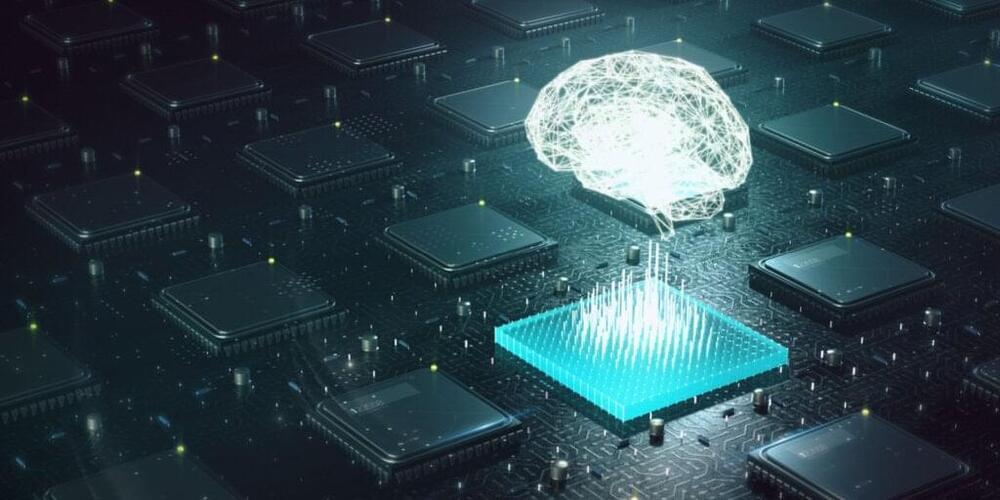

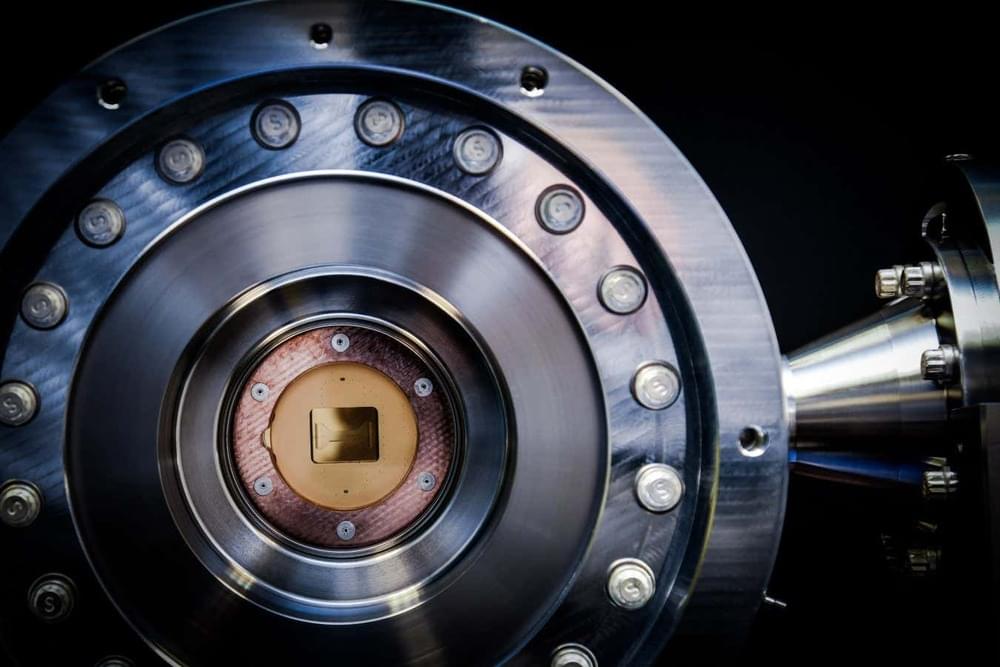
Just a few months after the previous record was set, a start-up called Quantinuum has announced that it has entangled the largest number of logical qubits – this will be key to quantum computers that can correct their own errors.
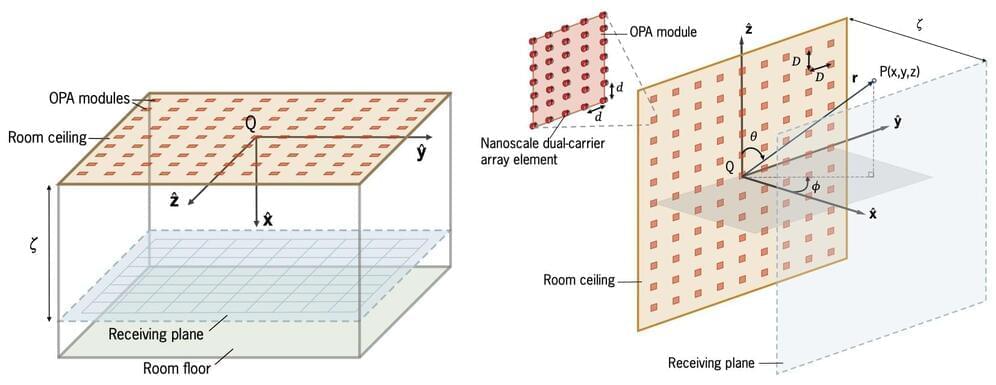
As our devices multiply and data demands grow, traditional wireless systems are hitting their limits. To meet these challenges, we have turned to an innovative solution. At the University of Melbourne and Monash University, we have developed a dual-carrier Modular Optical Phased Array (MOPA) communication system. At the core of our innovation is a groundbreaking concept: a modular phased array.
This design is inspired by the quantum superposition principle, applying its logic to enhance technical performance and efficiency. This cutting-edge technology is designed to make indoor wireless networks faster, more reliable and more secure, while addressing the limitations of traditional systems. Our research is published in the IEEE Open Journal of the Communications Society.
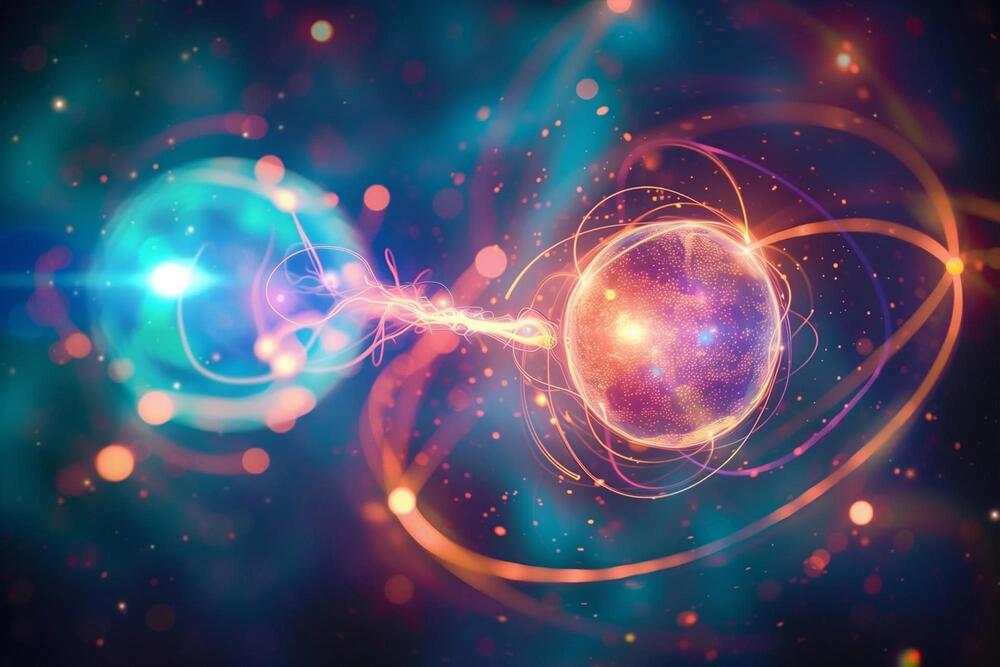
A quantum experiment revealed two observers can experience different, coexisting realities.
Our understanding of reality is often shaped by biases—our senses, cultures, and knowledge influence how we see the world. But even science, often regarded as a path to objective truth, may not always offer a single, consistent version of reality. A recent experiment testing a 1961 thought experiment by Nobel Prize winner Eugen Wigner highlights this issue, showing that two versions of reality can coexist in the quantum world.

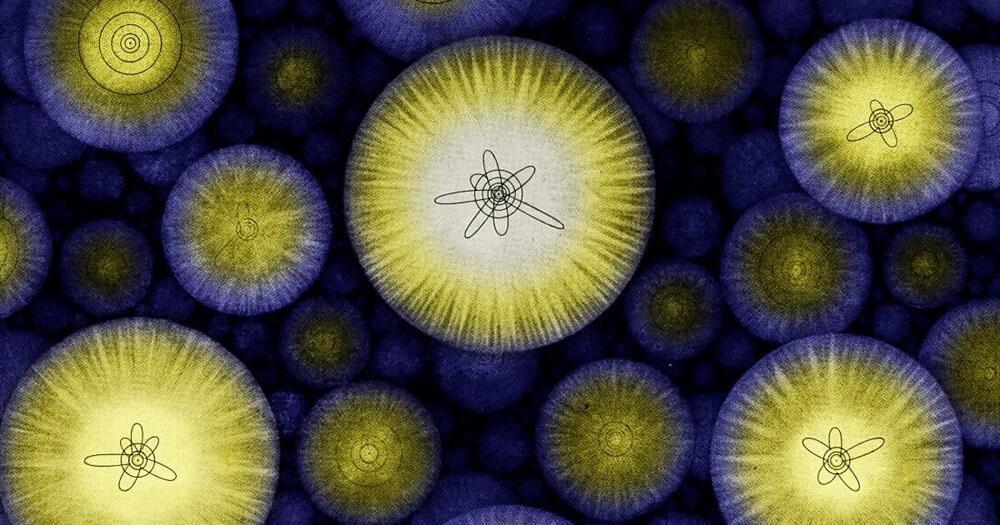
Here on planet Earth, as well as in most locations in the Universe, everything we observe and interact with is made up of atoms. Atoms come in roughly 90 different naturally occurring species, where all atoms of the same species share similar physical and chemical properties, but differ tremendously from one species to another. Once thought to be indivisible units of matter, we now know that atoms themselves have an internal structure, with a tiny, positively charged, massive nucleus consisting of protons and neutrons surrounded by negatively charged, much less massive electrons. We’ve measured the physical sizes of these subatomic constituents exquisitely well, and one fact stands out: the size of atoms, at around 10-10 meters apiece, are much, much larger than the constituent parts that compose them.
Protons and neutrons, which compose the atom’s nucleus, are roughly a factor of 100,000 smaller in length, with a typical size of only around 10-15 meters. Electrons are even smaller, and are assumed to be point-like particles in the sense that they exhibit no measurable size at all, with experiments constraining them to be no larger than 10-19 meters across. Somehow, protons, neutrons, and electrons combine together to create atoms, which occupy much greater volumes of space than their components added together. It’s a mysterious fact that atoms, which must be mostly empty space in this regard, are still impenetrable to one another, leading to enormous collections of atoms that make up the solid objects we’re familiar with in our macroscopic world.
So how does this happen: that atoms, which are mostly empty space, create solid objects that cannot be penetrated by other solid objects, which are also made of atoms that are mostly empty space? It’s a remarkable fact of existence, but one that requires quantum physics to explain.
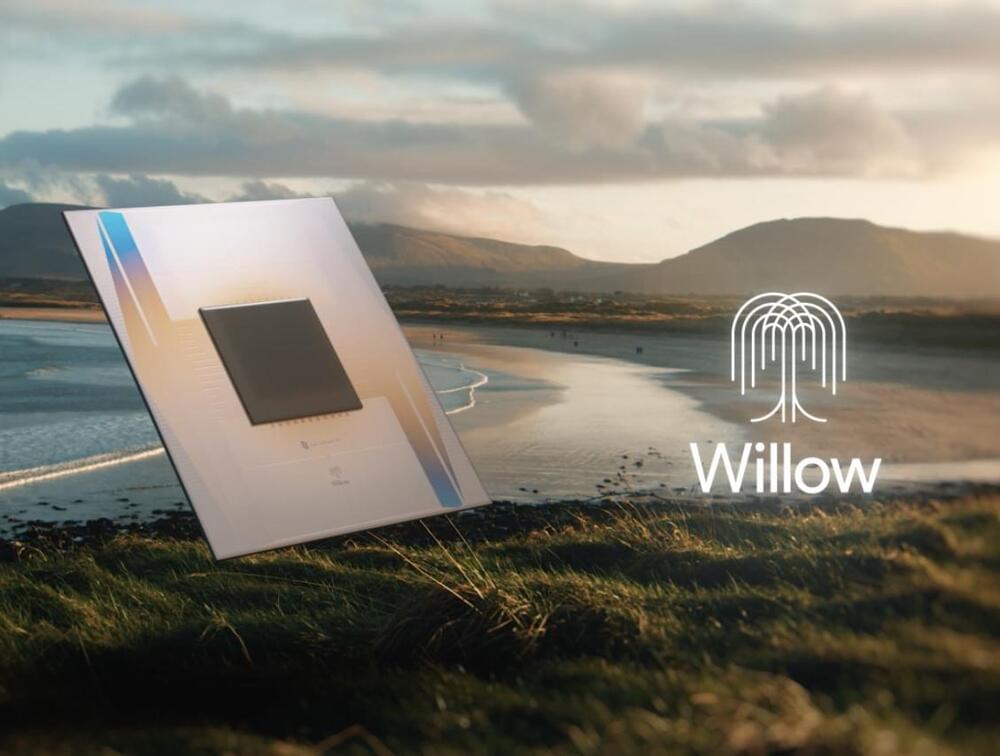
Google on Monday announced Willow, its latest, greatest quantum computing chip. The speed and reliability performance claims Google’s made about this chip were newsworthy in themselves, but what really caught the tech industry’s attention was an even wilder claim tucked into the blog post about the chip.
Google Quantum AI founder Hartmut Neven wrote in his blog post that this chip was so mind-boggling fast that it must have borrowed computational power from other universes.
Ergo the chip’s performance indicates that parallel universes exist and “we live in a multiverse.”
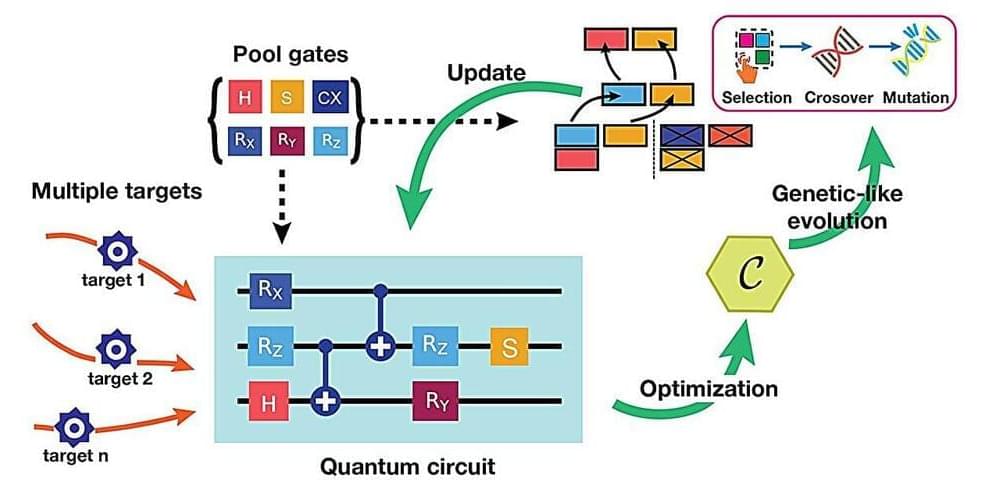
Quantum computers differ fundamentally from classical ones. Instead of using bits (0s and 1s), they employ “qubits,” which can exist in multiple states simultaneously due to quantum phenomena like superposition and entanglement.
For a quantum computer to simulate dynamic processes or process data, among other essential tasks, it must translate complex input data into “quantum data” that it can understand. This process is known as quantum compilation.
Essentially, quantum compilation “programs” the quantum computer by converting a particular goal into an executable sequence. Just as the GPS app converts your desired destination into a sequence of actionable steps you can follow, quantum compilation translates a high-level goal into a precise sequence of quantum operations that the quantum computer can execute.
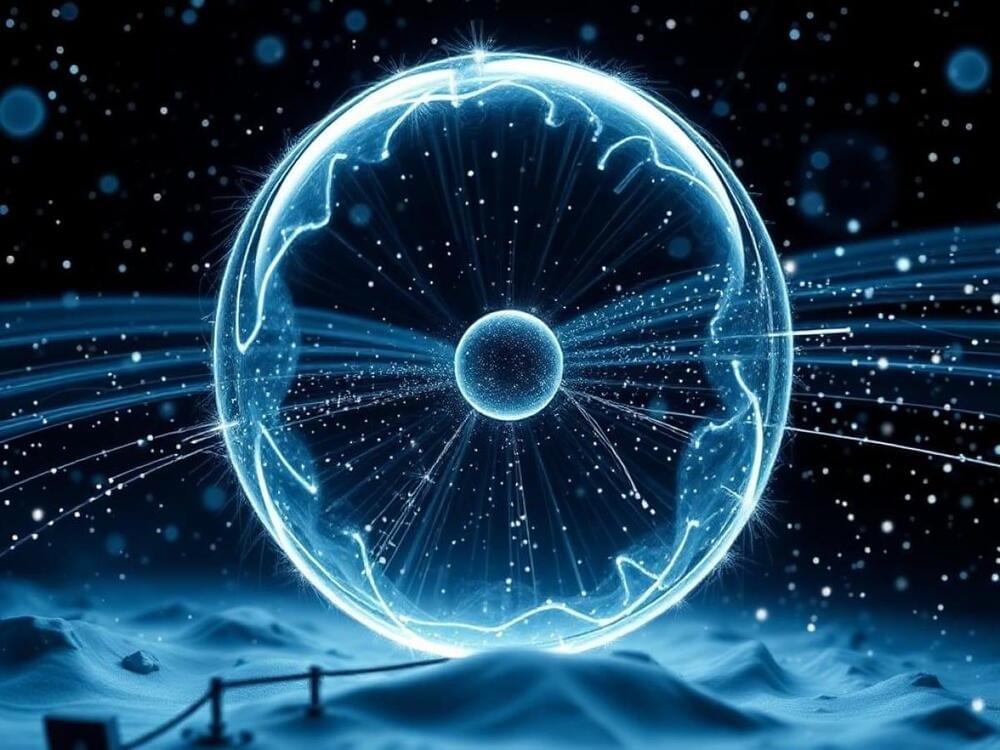
For centuries, gravity has been one of the most captivating and puzzling forces in the universe. Thanks to the groundbreaking work of Isaac Newton and Albert Einstein, we have a robust understanding of how gravity governs the behavior of planets, stars, and even galaxies. Yet, when we look at extreme scenarios, such as the intense gravitational fields near black holes or the mysterious quantum world, our understanding starts to break down. New research and theories, however, suggest that the key to solving these mysteries may finally be within reach.
In our daily lives, gravity is a constant presence. It’s what keeps us grounded to the Earth, dictates the orbits of planets, and ensures that satellites stay in orbit around our planet. Thanks to Einstein’s general theory of relativity, scientists have been able to make highly accurate predictions about the movement of celestial bodies, calculate tides, and even send probes to the farthest reaches of the solar system.
Yet, when gravity’s effects become more extreme—such as inside black holes or during the birth of the universe—it becomes much more difficult to model. Similarly, when we turn our attention to the quantum realm of subatomic particles, Einstein’s theory breaks down. To understand phenomena like the Big Bang or the inner workings of black holes, physicists have long known that we need a new, unified theory of gravity.
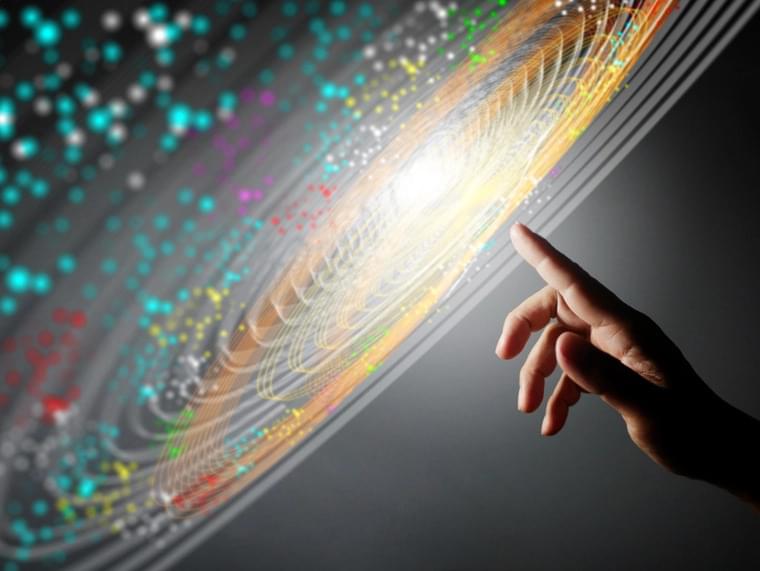
The dream of building a practical, fault-tolerant quantum computer has taken a significant step forward.
In a breakthrough study recently published in Nature, researchers from Google DeepMind and Google Quantum AI said they have developed an AI-based decoder, AlphaQubit, which drastically improves the accuracy of quantum error correction—a critical challenge in quantum computing.
“Our work illustrates the ability of machine learning to go beyond human-designed algorithms by learning from data directly, highlighting machine learning as a strong contender for decoding in quantum computers,” researchers wrote.